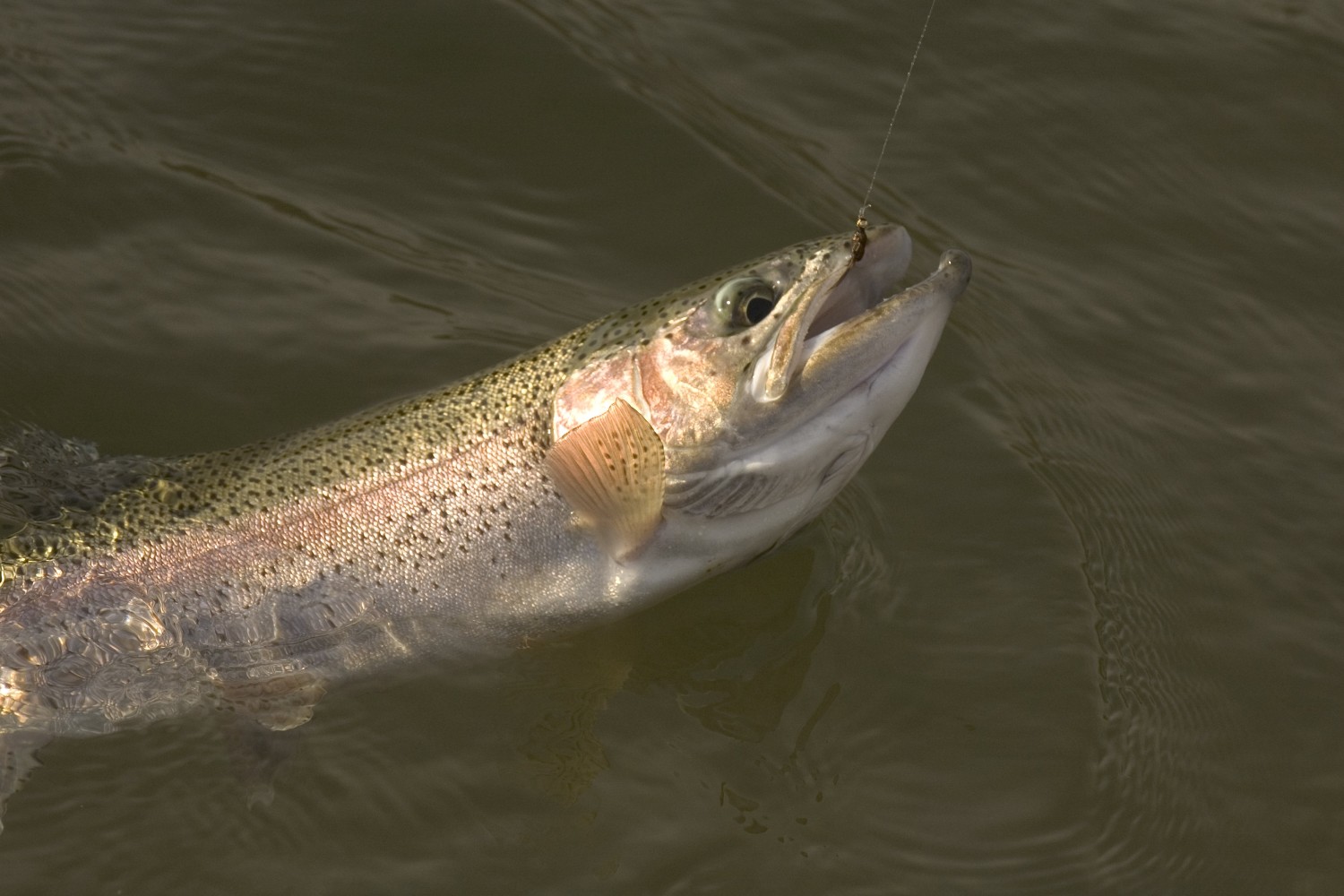Let’s talk about trout fishing in America. No, not the book of the same name. In this case, we mean literally fishing for trout in the United States of America, and the complications that current environmental conditions have created for a time-honored practice. As NPR’s Nathan Rott recounted, a number of factors led some onetime trout enthusiasts to either relocate their hunt for fish or to seek out different fish entirely.
What, exactly, is the issue at hand here — and why are trout more affected by it than other species of fish? It has to do in part with trout’s preference for cold water. Deep, cold water is ideal for the species to thrive — and lately, temperatures have been rising and drought conditions have made trout habitats shallower. In Montana, the focal point of the article, the problem is more pronounced; the U.S. Geological Survey’s Clint Muhlfeld told NPR that “[t]he northern Rockies is actually warming at two times the rate of the global average.”
That warming, in turn, has led some of the fishermen interviewed by NPR to change their working methods. One has opted to focus on fishing for pike instead; others have relocated to other ecosystems that have been less affected by higher temperatures and lower water levels.
The loss of fishing locations goes beyond inconveniencing some anglers, though; there’s also an economic component present here. As Rott pointed out, Muhlfeld was among the authors of a 2022 paper that explored the connection between climate change, fishing and Montana’s economy.
“Freshwater fisheries (commercial, subsistence, and recreational) have enormous social, ecological, and economic importance worldwide, yet the natural systems that support them (e.g., climate, weather, and ecosystems) are being rapidly transformed by global climate change,” the authors wrote.
A Landmark Agreement May Reduce Water Scarcity in the Navajo Nation
The next step is in Congress’s handsIt’s an alarming convergence of factors, to be sure — but it doesn’t mean that environmentalists and local governments are without tools of their own to address the issues threatening trout fishing in Montana. Among the measures being explored is one that’s been undertaken elsewhere in the country: removing dams from waterways. Still, the planet’s not getting any cooler — and this issue is unlikely to resolve itself on its own.
This article appeared in an InsideHook newsletter. Sign up for free to get more on travel, wellness, style, drinking, and culture.

